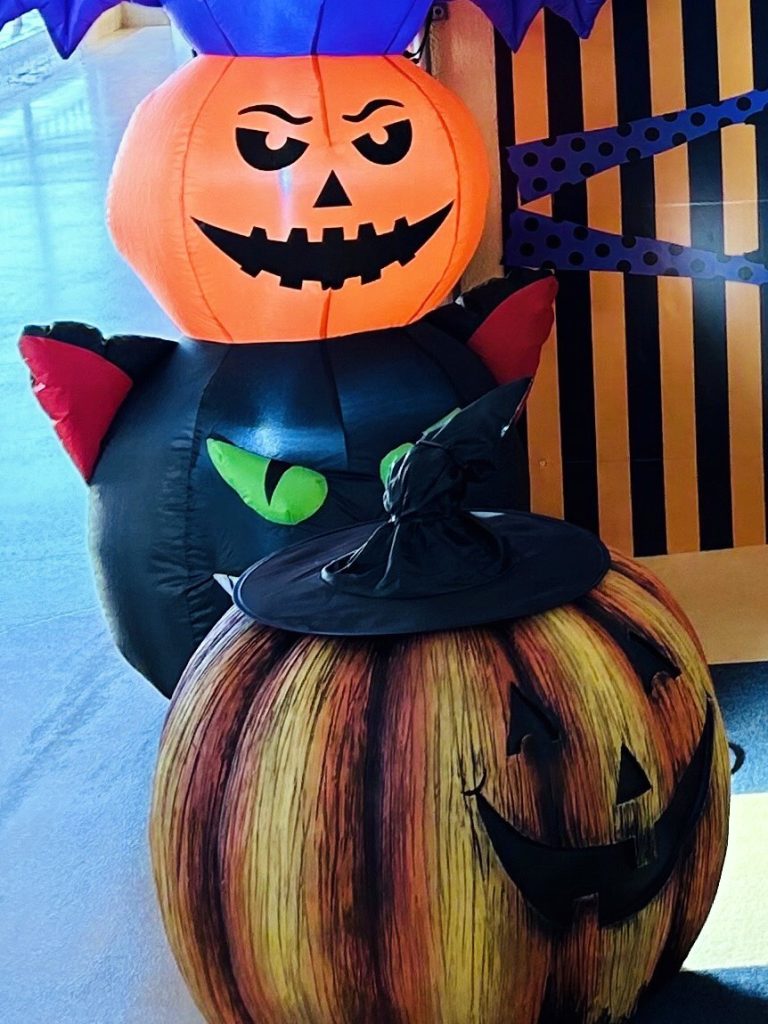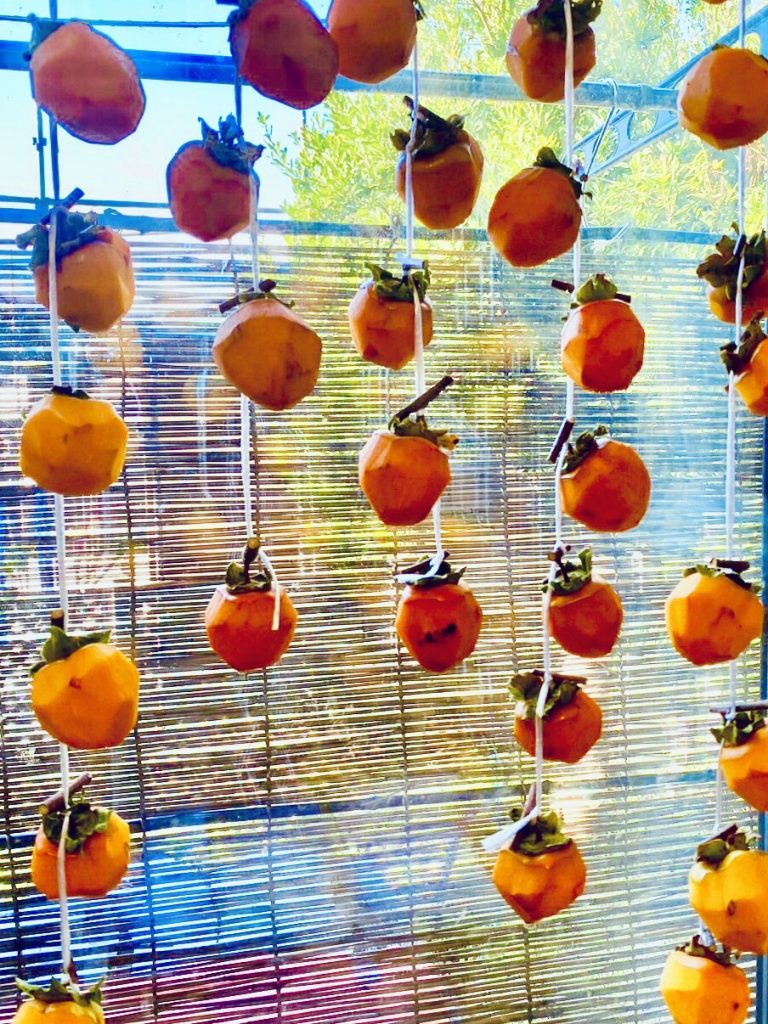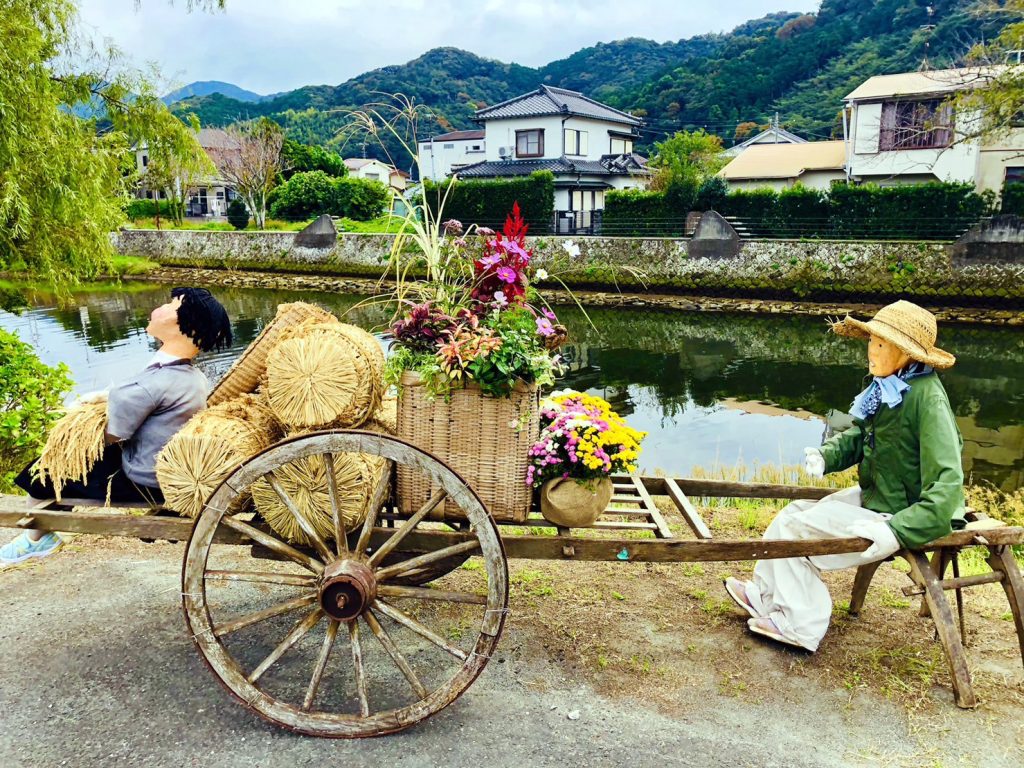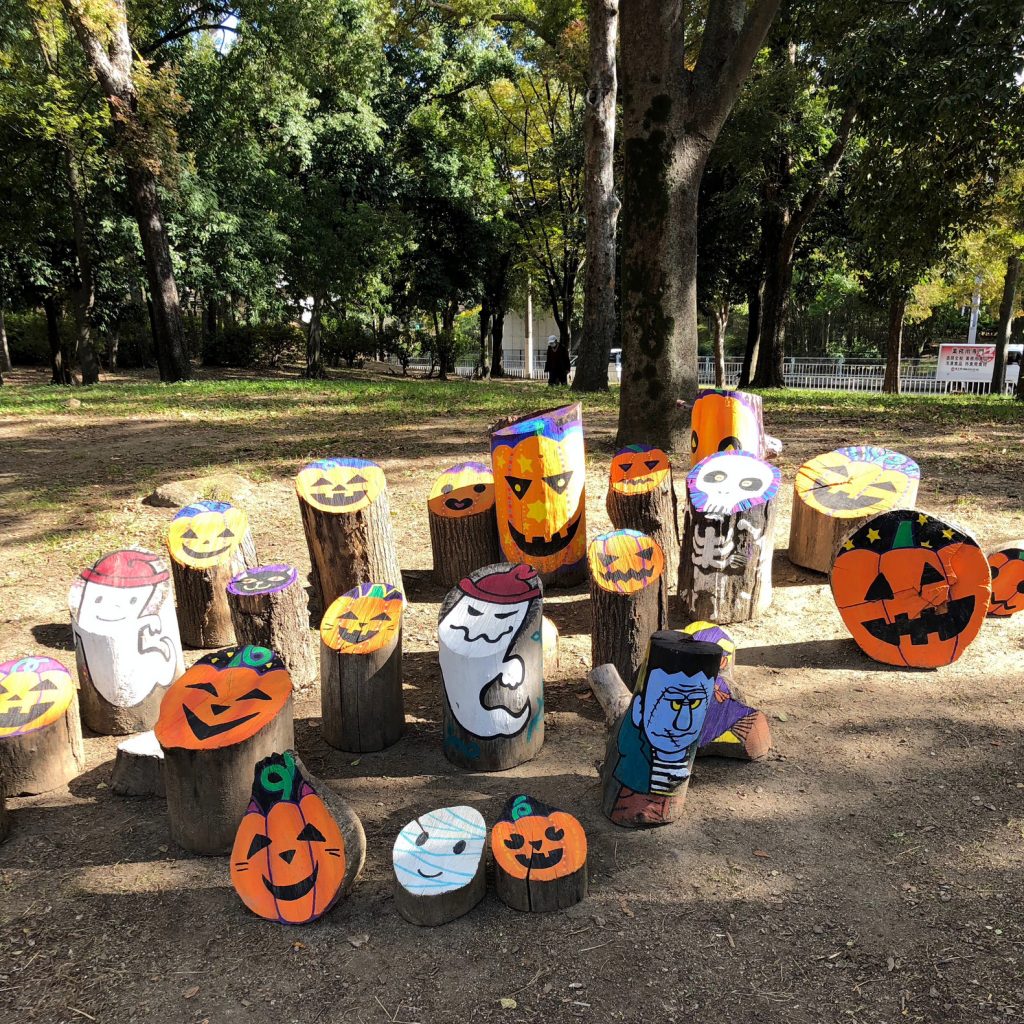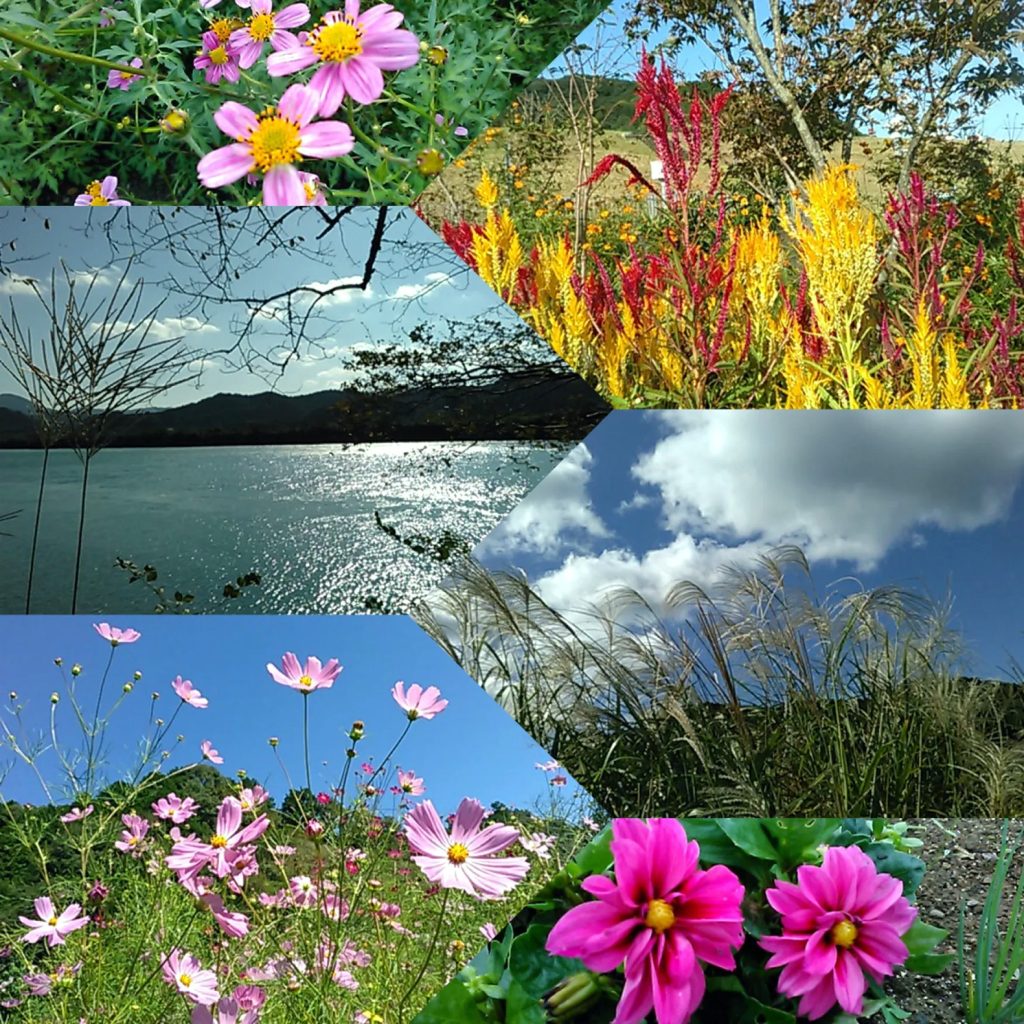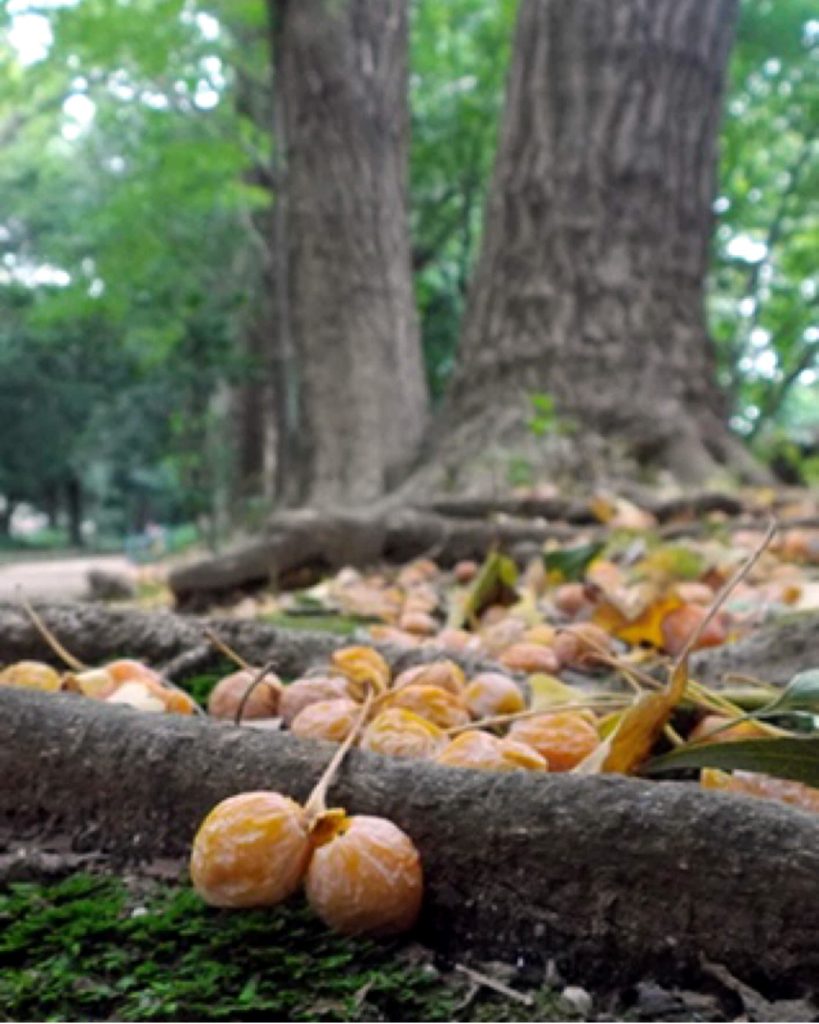
In a corner of the park, there is a rose garden with a particularly eye-catching rose. Its name is “Anne’s Rose”. It is a new variety of rose created by Belgian horticulturist Wilfried Delforge in memory of Anne Frank, who is known for her “Diary of a Young Girl”. He named the rose “Anne’s Memory” and presented it to Anne’s father, Otto Frank.
In 1971, Otto Frank met a Christian choir in Kyoto during a trip to Israel. As a token of their friendship, Otto Frank presented 10 rose plants to the choir at Christmas in 1972. However, due to poor transportation conditions, 9 of the 10 plants died, and only one plant miraculously bloomed in the garden of the founder of the Christian choir, who was a member of the choir. This is the origin of “Anne’s Rose” in Japan.
“Anne’s Rose” quickly gained the attention of many rose enthusiasts due to its beauty, and it spread throughout the country in an instant. “Anne’s Rose” has the characteristic of changing color from red in the bud to golden yellow, salmon pink, and then red when it blooms. This may be seen as a representation of Anne Frank, who had many possibilities ahead of her if she had survived.
公園の一角にあるバラ園に一際目を引くバラがあります。その名は「アンネのバラ」。ベルギーの園芸家ビルフリート・デルフォルヘが「アンネの日記」で知られるアンネ・フランクを偲んで作った新種のバラです。彼はそのバラに「アンネの思い出」と名付け、アンネの父オットー・フランク氏にプレゼントしました。
1971年、オットー氏がイスラエル旅行中に京都のクリスチャン合唱団に偶然出会いました。その後の交流と友情の証しに72年のクリスマス、オットー氏から10株のバラが合唱団に贈られて来ました。しかし、輸送事情が悪く、10株のうち9株がダメになり、ただ1株だけが合唱団の一員であった聖イエス会の創設者の庭で奇跡的に花をつけました。この1株が、日本での「アンネのバラ」の起源です。「アンネのバラ」は、その美しさと言われが多くのバラ愛好家に注目され、瞬く間に全国に広がりました。
「アンネのバラ」は蕾の時は赤、開花後に黄金色、サーモンピンク、そして赤へ変色する特徴があります。これは、もしアンネが生き延びる事ができたなら、多くの可能性を秘めていたアンネを表現している様にも思えます。

